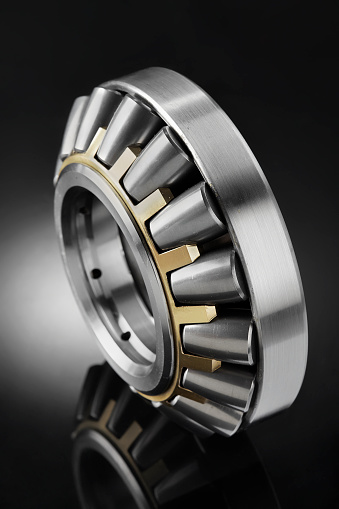Six Simple Machines: Pulleys and Sprockets

Pulleys and sprockets are commonly used in the transmission of rotary energy. They are usually paired with a belt or chain to transmit power across an axis. They can be very simple, or complex and intricate.
One of the six simple machines, pulleys and sprockets can be found in everything from elevators to cranes to motorcycles. They are generally used for lifting heavy loads, but they can also be used to transfer rotational energy in a variety of ways.
A pulley is a wheel with projections that mesh with a belt or chain. They can be made from a wide range of materials and are available in a number of sizes, pitches and bore sizes.
Sprockets are similar to pulleys in that they are wheels with teeth that mesh with a belt or chain. However, sprockets typically have more teeth than pulleys. They are also made from a wider range of materials, including plastic and metal. Get more details here!
They can be used for a number of different applications, such as moving gears in a lathe or changing speeds in a drill press. In addition, they can be shaped in various ways to fit into different types of designs. Know more about industrial at https://www.huffingtonpost.com/ira-kalb/has-trump-acquired-reagan_b_9370986.html.
The basic difference between a pulley and a sprocket is that a pulley has grooves in which a rope or cable can ride. It is also made of a material that can withstand higher temperatures than a chain.
Some types of pulleys have an asymmetrical profile, which means that their edges are shaped differently than their ends. This is important for certain types of machining, such as turning, where it may be necessary to change the angle at which the cutting tool spins.
In this case, the asymmetrical profile is a good thing. It can increase the efficiency of a machine, since the cutting edge can be moved at a faster rate when it is closer to its center, which can reduce the wear on the tool.
It is also an excellent choice for use in gearing systems, because it can allow a smaller envelope of gears to produce the same amount of power. In addition, the smooth mating of the sprocket and belt can reduce vibration and noise in a drive system.
Timing Belt Drives: In a timing belt drive, the input and output sprockets have a specific pitch radius. This allows the belt to be driven with a higher torque.
The input and output sprockets must be of the same size to achieve this, which is why timing belts are so common in industrial applications. A timing belt can be a flat belt, a V-belt or a patterned belt, depending on the application. Be sure to learn here!
In order to achieve this, the sprocket must have notched teeth that mesh with the teeth on the belt. This is done to prevent the belt from slipping off of the sprocket when a high-torque application is needed. The sprocket must also have a flat surface to avoid damaging the teeth on the belt.
